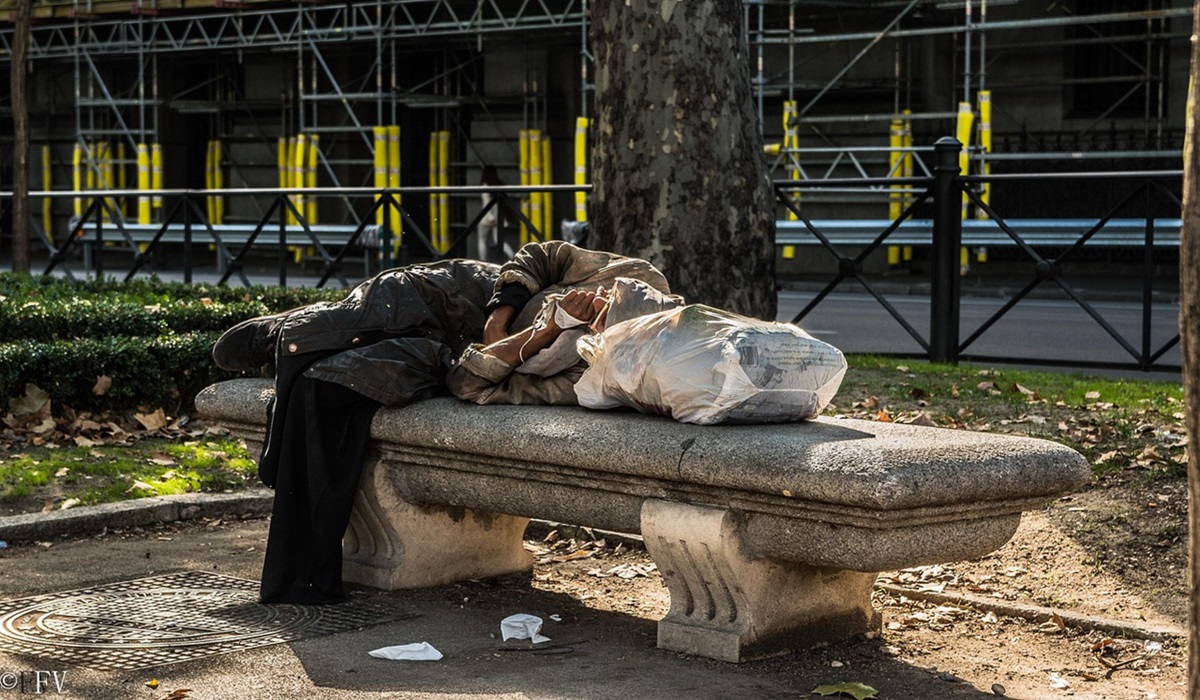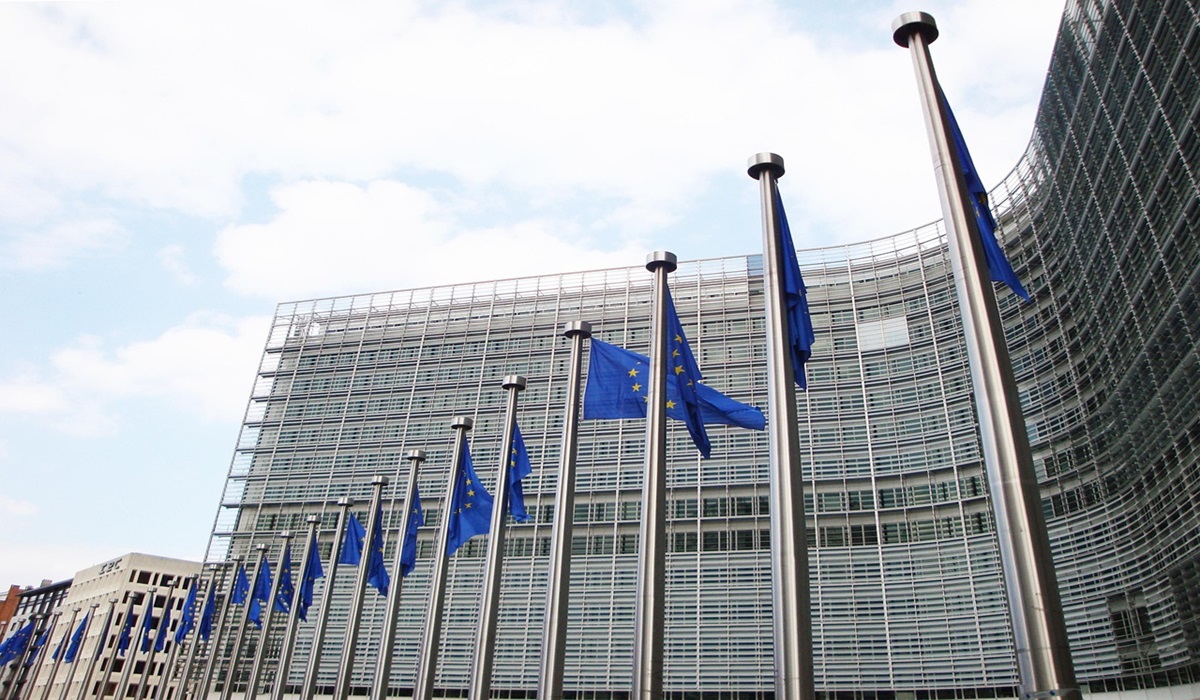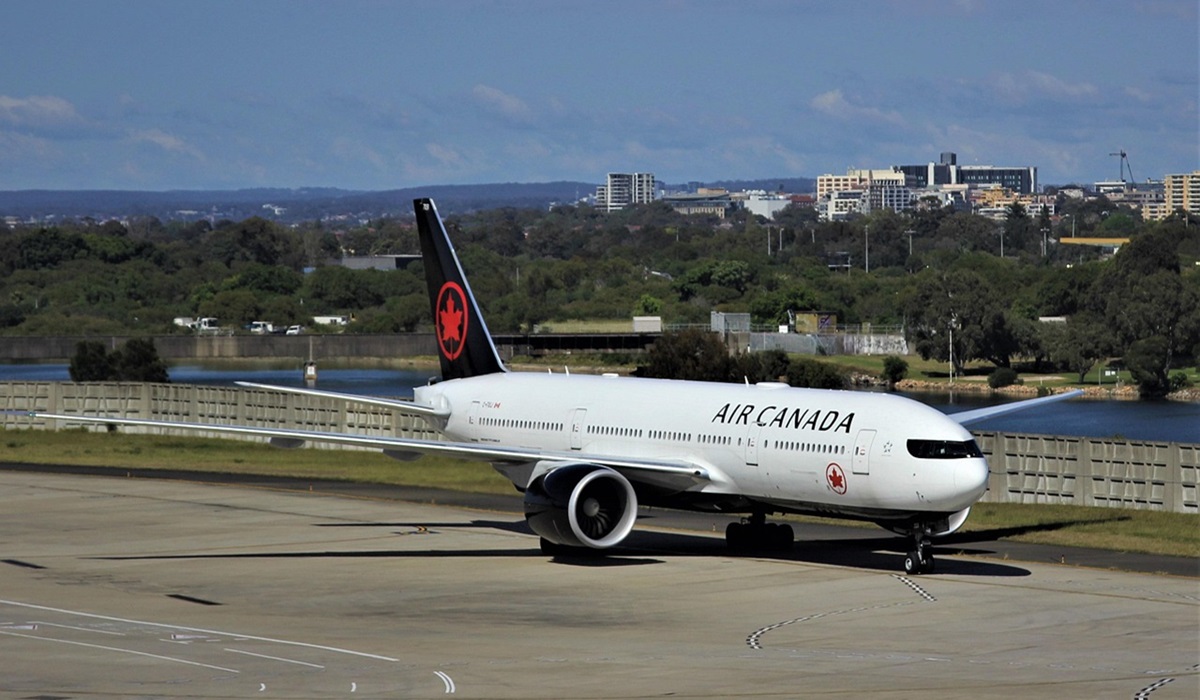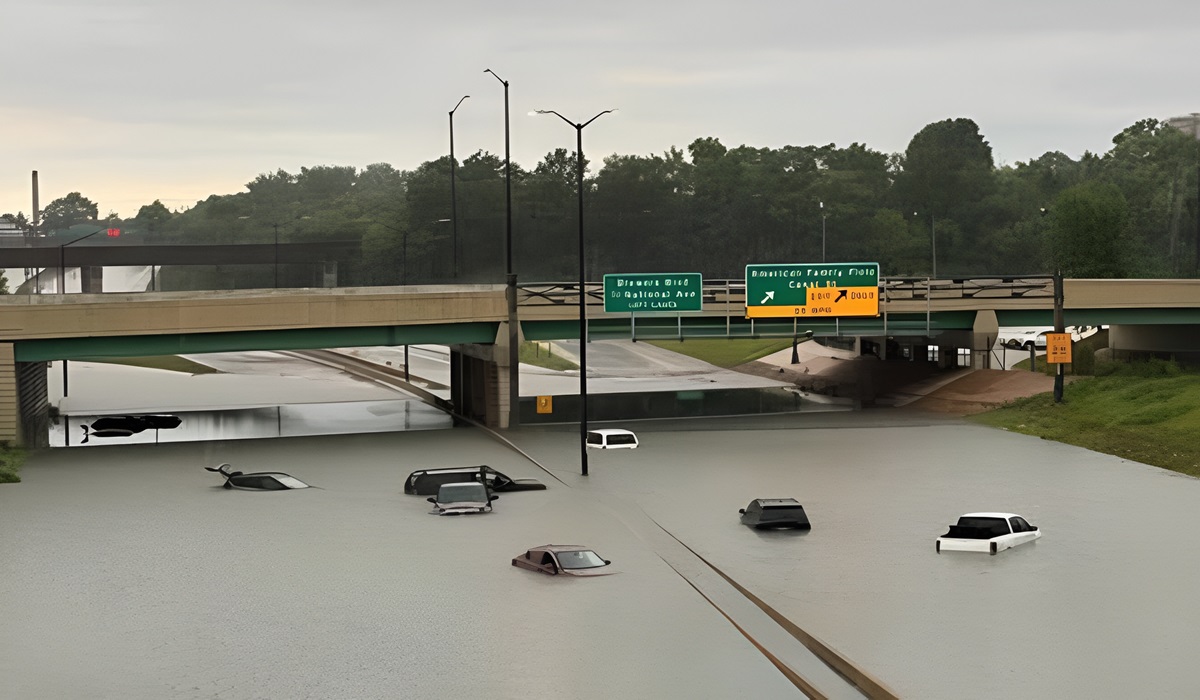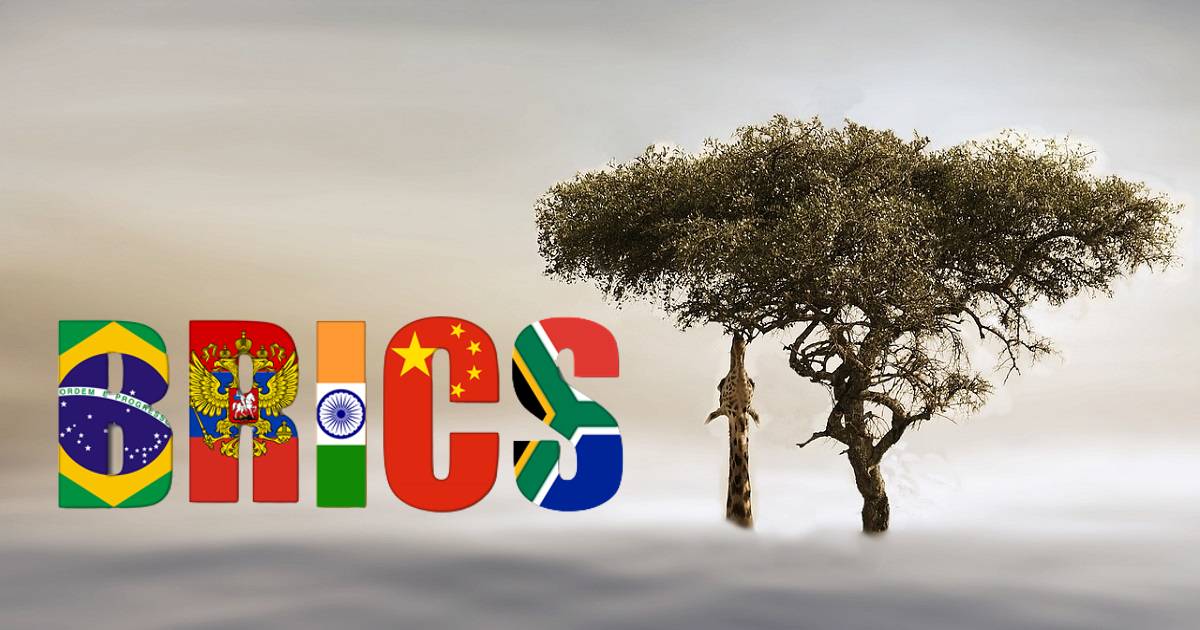Disease Outbreaks Escalate in Somalia as 300,000 Lose Access to Safe Water Amid Funding Cuts
- Ingrid Jones
- Breaking News
- August 22, 2025
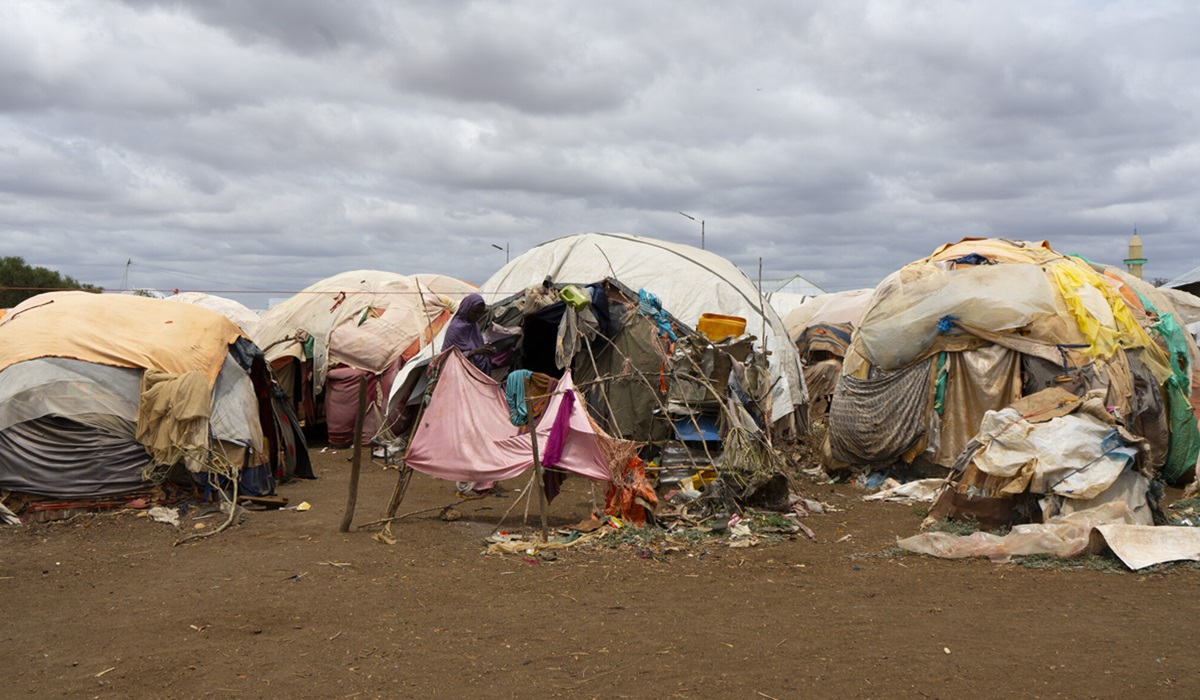
Image Credit: NRC
Mogadishu, — Somalia is facing a deepening humanitarian crisis as funding shortfalls force aid agencies to shut down water and sanitation services, leaving more than 300,000 people without safe drinking water and triggering a surge in preventable disease outbreaks.
The Norwegian Refugee Council (NRC) has warned that dwindling resources are accelerating the spread of deadly waterborne illnesses, particularly cholera and acute watery diarrhoea. Displaced families in overcrowded camps and rural households already strained by years of drought and conflict are the hardest hit.
At the start of the year, the UN appealed for $1.42 billion to assist 4.6 million people in Somalia. To date, only 17 percent of that target has been met. With less than 12 percent of the water, sanitation, and hygiene (WASH) budget funded, agencies have been forced to slash their reach by 72 percent, now aiming to support only 1.3 million people.
“The scale down of the humanitarian response in Somalia does not mean fewer people need aid; it means more than three million Somalis will be left to fend for themselves,” said Mohamed Abdi, NRC’s Country Director. “These cuts are costing lives. We are already seeing a deadly rise in waterborne diseases, especially among children under five.”
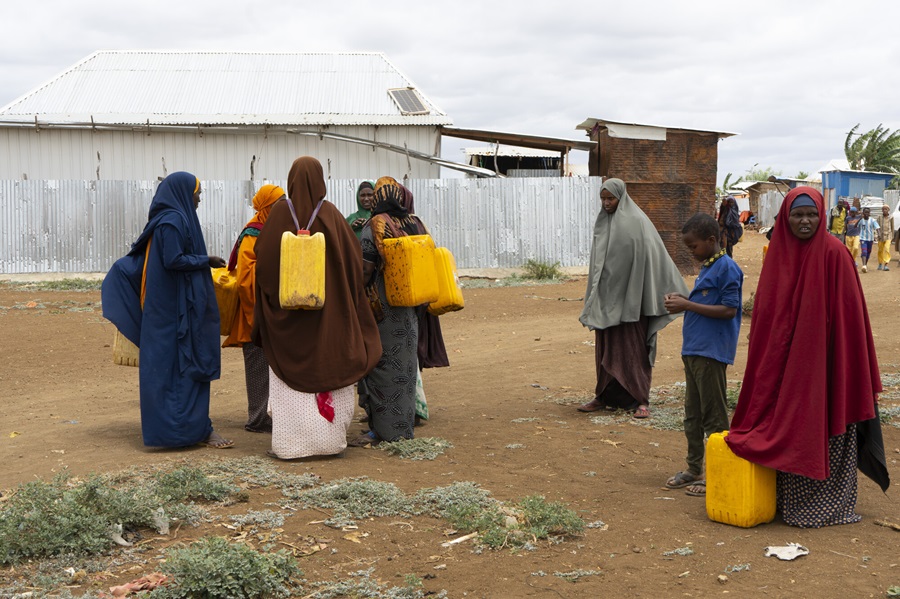
Between January and July, Somalia recorded over 6,550 cholera and diarrhoea cases, including nine deaths, with more than 1,000 new cases in July alone. Nearly two-thirds of recent cases were classified as severe, and half involved children under five. The crisis has also forced the closure of more than 150 health facilities. In Southwest State, mobile health teams have dwindled from 74 to just 25, leaving vast areas without basic medical care.
For families like that of displaced mother Hawa Ali in Baidoa, the water crisis is a daily struggle. “Before, we could fetch water from a nearby water point,” she said. “Now, we walk for hours looking for water, and sometimes there is no water at all. We do not have water to drink or cook with. Our children fall sick, and there is nothing we can do about it.”
The most severely affected regions include Bay, Bakool, Gedo, Galgaduud, Hiraan, Mudug, and Lower Shabelle. Many communities there depended on humanitarian-run water systems that are now non-functional. In some drought-stricken areas, water prices have nearly doubled, from $70 to $130 per 10,000 litres, placing even basic supplies out of reach for vulnerable households.
Across Puntland and Somaliland, authorities have appealed for emergency support for more than 1.4 million people as drought conditions intensify. In Somaliland, 650,000 people are in urgent need of aid after wells and boreholes dried up.
Somalia’s humanitarian needs are compounded by protracted conflict, climate shocks, and the steep decline in international assistance. More than 225,000 people were newly displaced in the first half of 2025 due to drought, floods, and fighting.
“Somalia is being pushed to the brink by the combined impact of relentless conflict, climate extremes, and a sharp drop in international support,” Abdi said. “We are seeing the human cost of inaction every day — in the suffering of children too weak to walk, in the empty jerrycans, and in the avoidable deaths from waterborne diseases. This is a man-made disaster that can still be prevented.”

